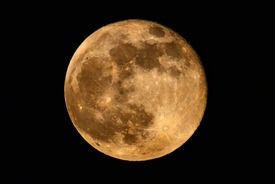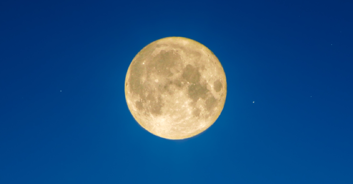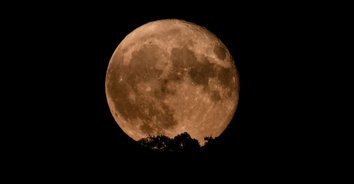A celestial spectacle is on the cards tonight as the first supermoon of 2023, known as the 'buck moon', promises to dazzle stargazers across the globe. This lunar event will not only be brighter than any other full moon we've witnessed this year, but it will also be one of the closest to our planet.
A supermoon occurs when the moon is at the closest point to Earth in its orbit, causing it to appear larger in our sky. "As the moon goes around the Earth, it’s not a perfect circle. So, there are points in its orbit where it’s a little bit closer or a little bit farther from the Earth," explained Dr. Shannon Schmoll, director of the Abrams Planetarium at Michigan State University, per CNN.

The term 'buck moon' is rooted in Native American culture and signifies the period when male deer (bucks) begin to regrow their antlers. This particular supermoon is the first of four anticipated this year.
The buck moon will be visible tonight, July 2, with optimal viewing conditions around sunset. However, the precise timing and visibility will depend on your local weather and sky clarity. It's expected to reach its peak brightness at around 9:20PM BST, with the fullest phase projected between July 3 and 4.

For those who miss the spectacle tonight, there will be another chance to witness it from around 10:14PM BST tomorrow evening. As for the rest of the year, three more supermoons and other full moons are slated to adorn our skies. Here's the line-up:
August 1: Sturgeon moon (supermoon)
August 30: Blue moon (supermoon)
September 29: Harvest moon (supermoon)
October 28: Hunter’s moon
November 27: Beaver moon
December 26: Cold moon

This buck supermoon follows last month's strawberry moon, so named because June is traditionally the strawberry harvesting season in North America. Enjoy your moon gazing!



